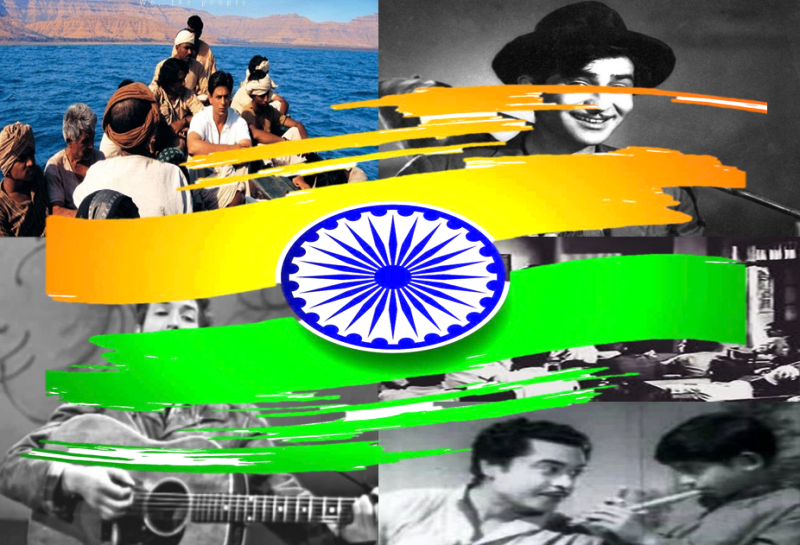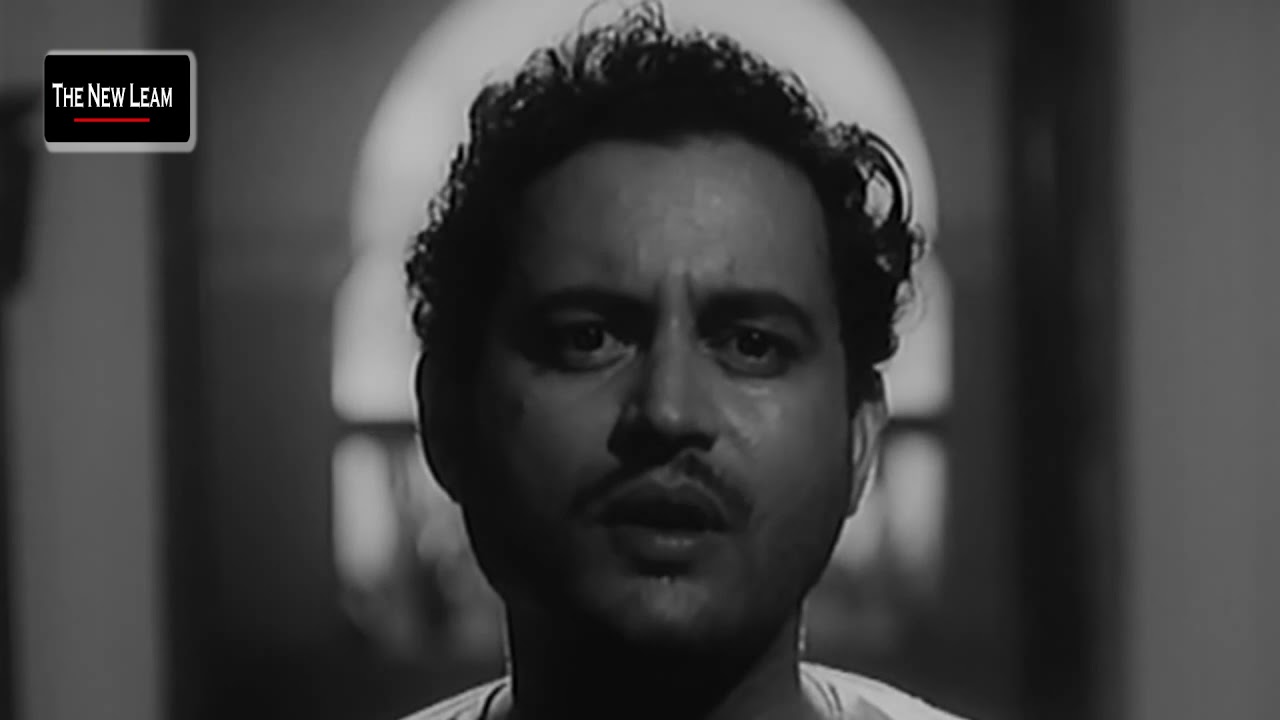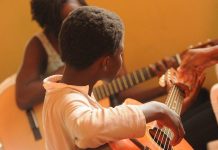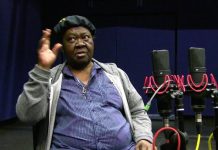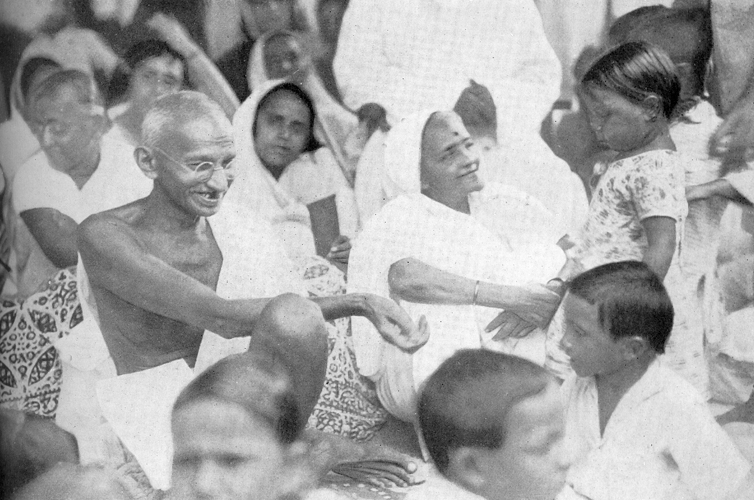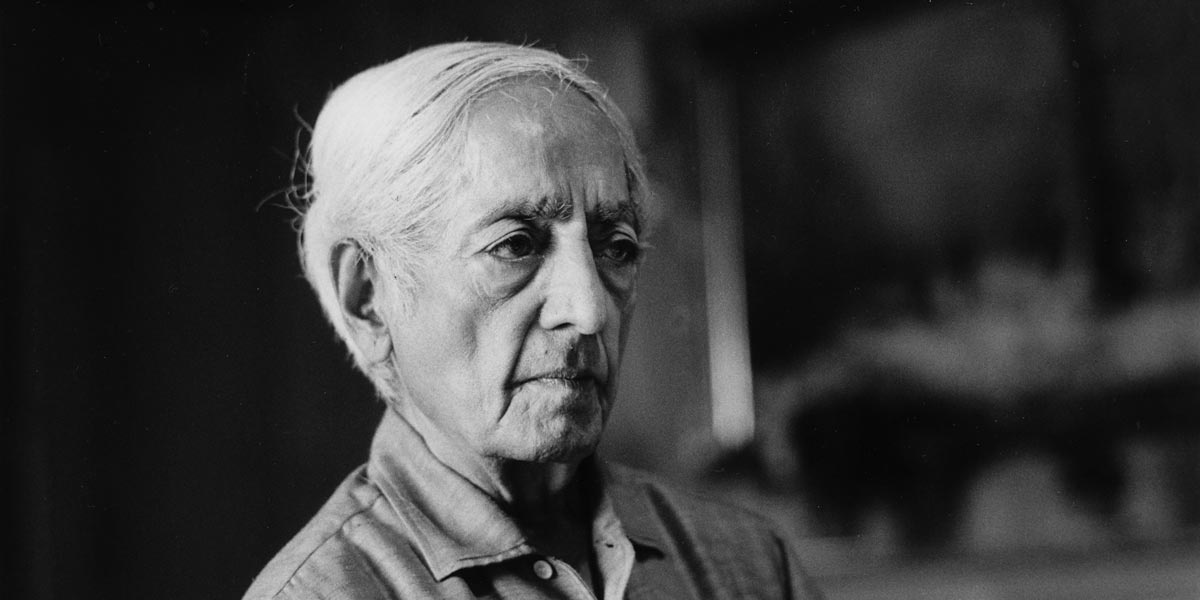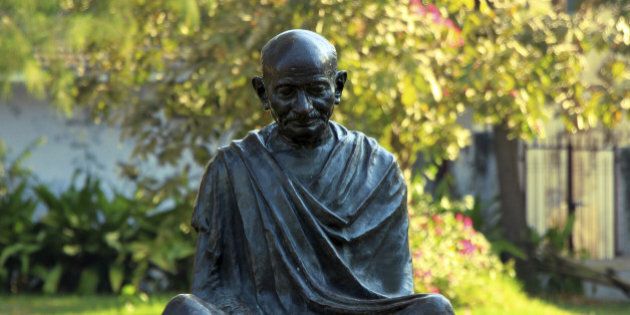‘Imagination is more important than knowledge’, said Albert Einstein. And we all know how important that single sentence is. Why is imagination so important for our living and for our existence? It is because imagination shows us the probabilities and the possibilities that lie open for us, as individuals, and also for the world that we live in. Because it shows us what we can be; hence for any education system, the creation of a vivid imagination is almost a prerequisite. But that brings us to the moot question: Are our education systems really doing so? Are we really thinking beyond our accepted boundaries?
What then is imagination? Well, the first thing that comes to mind is that it is for us humans the inherent capacity or the succinct ability to think of things as if they could be otherwise, the posing of the what if question. With this concept of imagination is linked that beautiful concept of ‘creativity’ which is nothing but an enactment of our imagination. And then comes the factor of innovation which is the final result of pushing our imagination to its limits.
So how does ‘imagination’ become a factor in the teaching process? It is unfortunate that most of our discussion and debate seem to be centred or informed by a question of content: what to teach, or how relevant it is; but the equally important question of how to teach the methods/tools /techniques of doing so, and innovating those to encourage a child’s creativity falls by the way side. One way to counter this is to rethink our whole view on the inherent capabilities of imaginative learning. This is nothing but the different ways and procedures in which a subject can be approached—creatively and meaningfully. Imaginative learning then becomes a lens that helps us see our world in an entirely new light, hence leading to alternative expressions of understanding and an alternative imagination of the future. How? This is where John Lennon comes handy!
It was in May 1971 that the well-known British musician John Lennon wrote ‘Imagine’. Quite simply it is a hymn to the transformative powers of imagination, of the ability to conjure a different and a better future. The lyrics of this song is like a meditation on an alternative way of thinking and existing and encourage the listeners to think about a world in peace and at peace with its elements, without narrow borders or the absolute divisiveness of religions and nationalities. It also, in a very subtle way, points out a living that is bereft of the terrible need to acquire material possession, and of a happiness that is beyond consumptive fulfilment. Through his beautiful meditative song Lennon opens his listeners’ minds to the kind of interactions and communications they have with the varied institutions that surround them, and doing so propagates a serene call for a unified and egalitarian world order based upon a patient understanding, and then the eventual tweaking of the present social order by re-imagining the concepts of religiosity, economic classes, geo-politics and many of our cherished beliefs. In a way, it beautifully plays with our conception of reality or the real. By pointing out that just because things are the way they are, they need not necessarily be the same, always. That potential transformative effect is something that an innovative pedagogical practice should try to arouse. And Lennon can help us in this by pointing out that:
Imagine there’s no heaven…It’s easy if you try
No hell below us…Above us only sky
Imagine all the people living for today
Imagine there’s no countries…It isn’t hard to do
Nothing to kill or die for…No religion too
Imagine all the people living life in peace
You may say …I’m a dreamer, but I’m not the only one
I hope someday you’ll join us
And the world will live as one.
This article was first published on March 13, 2016.


